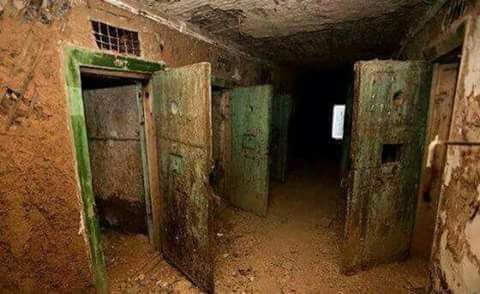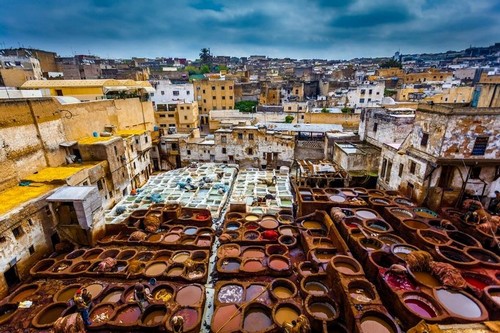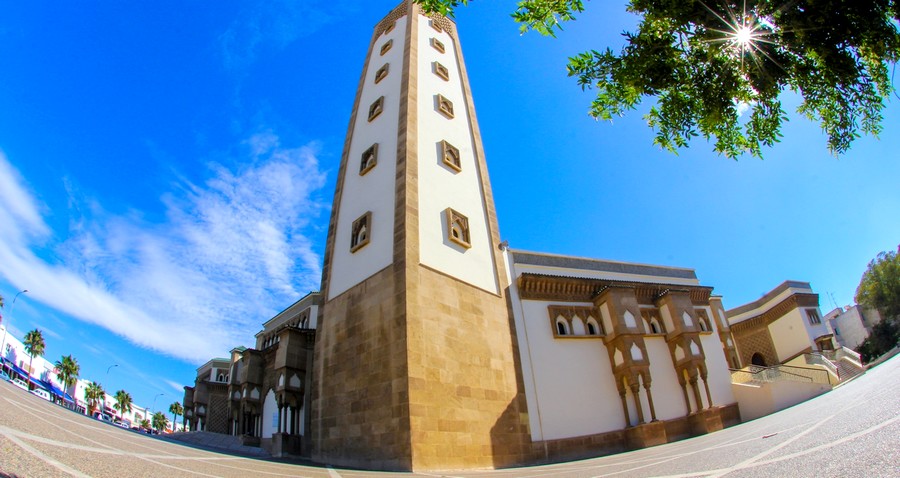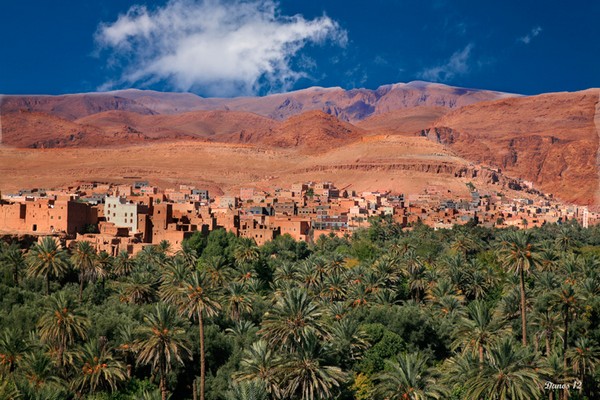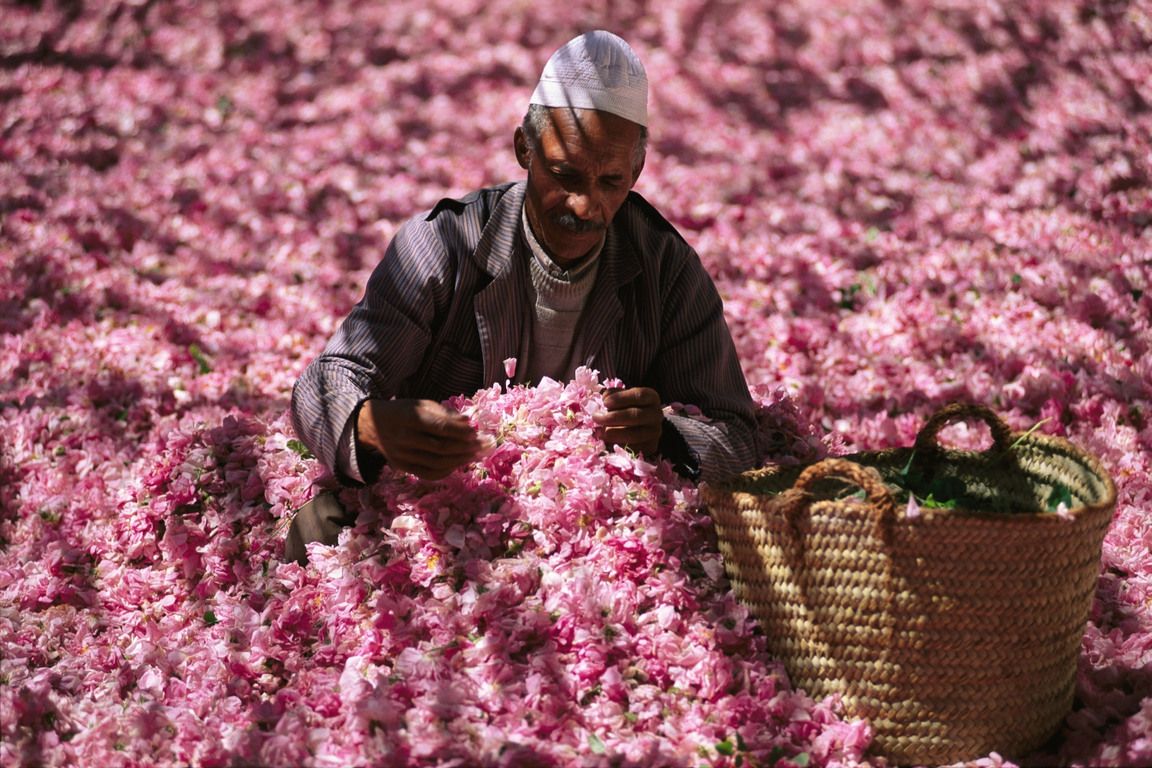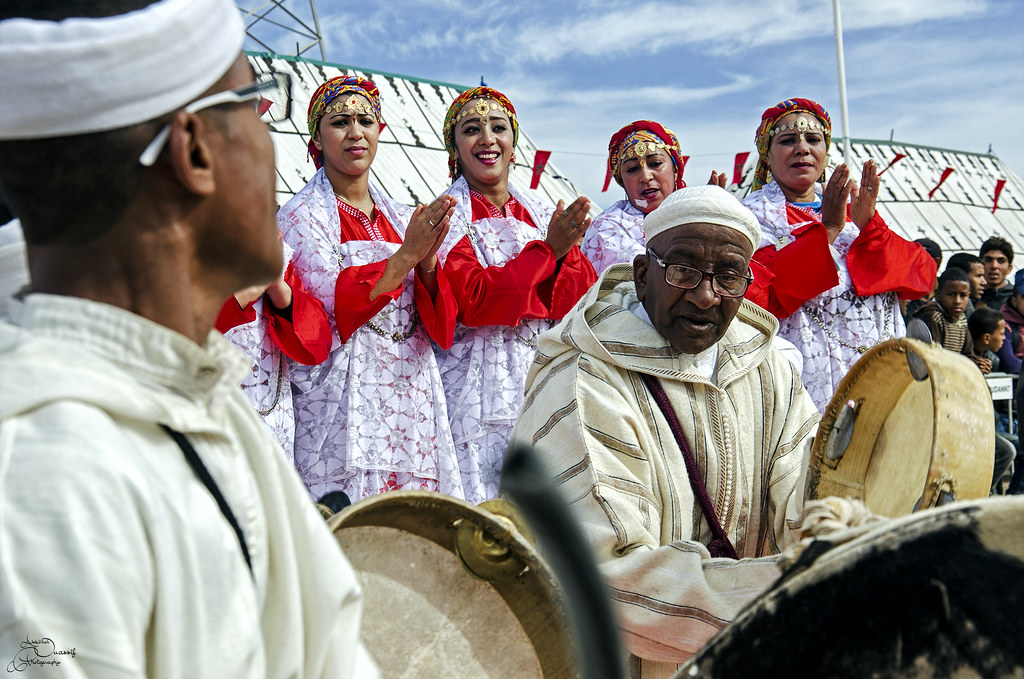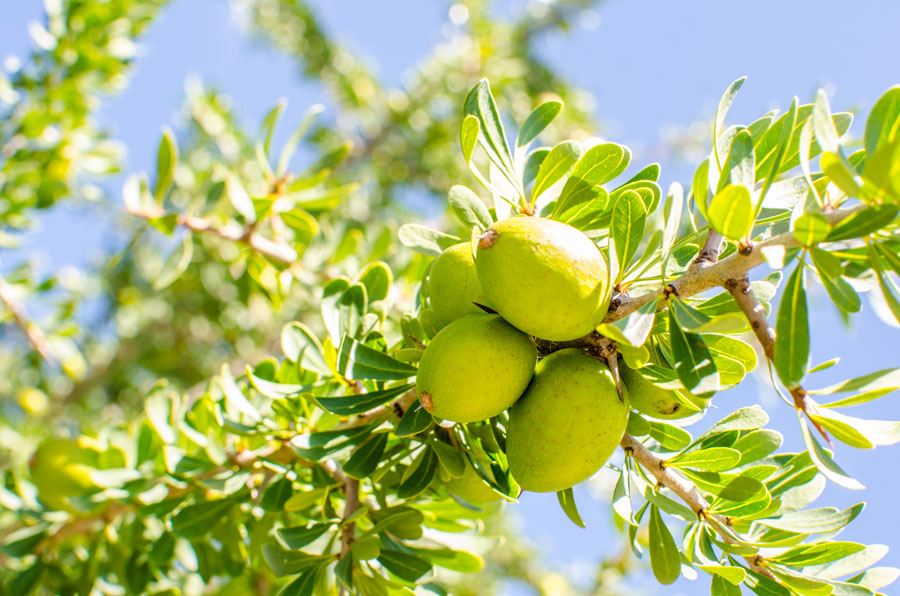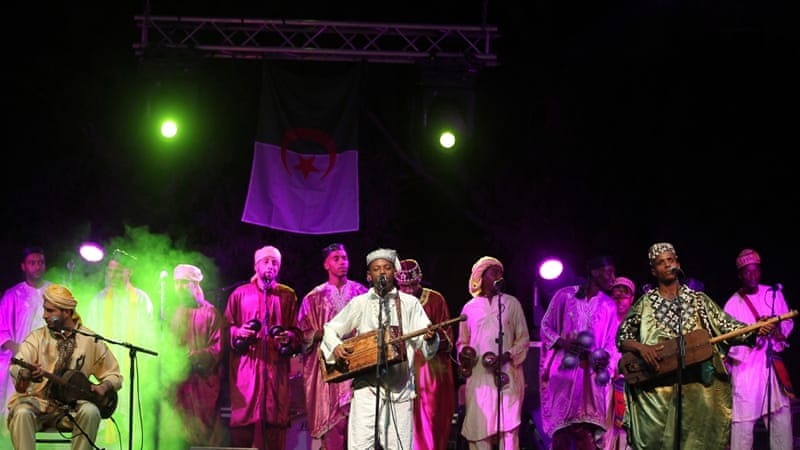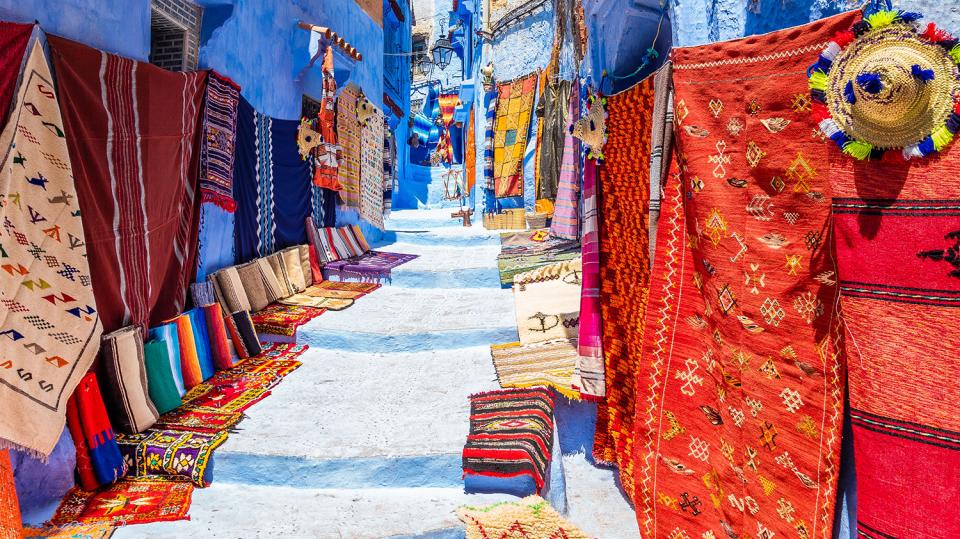Agadir in Morocco is located along the North African Atlantic coast. Its historical and cultural ties are mainly based on its relations and conflicts with European nations. Before we discover why it was internationally known as the "Miami of Morocco", let's examine its past from one of Africa's most important commercial ports.
Interested in the gold market between the sub-Saharan region and the north in the 16th century, the Portuguese settlers built one of their first colonies, known as Santa Cruz de Aguer. They took advantage of merchants who were making their way north to Fez and south to Timbuktu along the Trans-Saharan trade route.
Once scattered, the Sousse Berber tribes of Morocco were unified under the command of a Saudi leader, Mohammed El Mehdi, a member of the royal and holy family of the Draa Valley. He wanted to rid Agadir of Christian intruders. The aggressive attack of the Berbers finally caused the complete withdrawal of the Portuguese from the central coast of Morocco.
Agadir, which had already proven itself as a major export port for gold, spices, tinctures, olive oil and also rare wood products, benefited greatly from the additional exports of lead ores. , magnesium and raw metals.
The popularity of Agadir grew during the following centuries. Germany began to look towards Agadir not only as a holiday destination boasting more than 300 days of sunshine a year, but also as an entry point into the African commercial markets. Just before World War I, Germany sent a warship to Morocco to protect its interests in the port. France reacts quickly and establishes a protectorate of the country, without ever declaring it a colony in its own right.
The French brought many of their geniuses in infrastructure to Morocco. And once again, Agadir claimed its status as an important international port. From 1913, in the 1930s to the 1950s, the French worked to improve the port's function, export capabilities and large-scale fishing attempts.
After the French left Morocco in the mid-1950s, a major earthquake struck Agadir in 1961. More than 15,000 people were killed. Much of the city's historical legacy was destroyed: its buildings, mosques and other important cultural buildings. Germany sees this as an opportunity to intervene and offer help to the battered city. It was quickly rebuilt, in a true German style, as a luxurious vanishing point for sightseeing excursions in the Sahara Desert and near villages such as Taroudant, Tiznit, Tafraout and Essaouira, windswept.
Agadir contemporary, a bit chic, offers endless accommodations from middle to high class and a plethora of outdoor activities. You can enjoy the days practicing golf, sailing, tennis, horse riding, not to mention surfing or windsurfing and kite surfing.
If you're not in the mood for a couscous dinner, Agadir abounds in international cuisine restaurants. With a varied choice of restaurants, bars and nightclubs, you can enjoy an eclectic mix of Lebanese, Italian, Spanish and even Chinese cuisines. For those who love shopping, you can go looking for stones, faience, spices, teas and even leather, gold and silver goods in the bazaars. After dinner, you can go to casinos, café terraces, listen to live music or go to cabarets.
